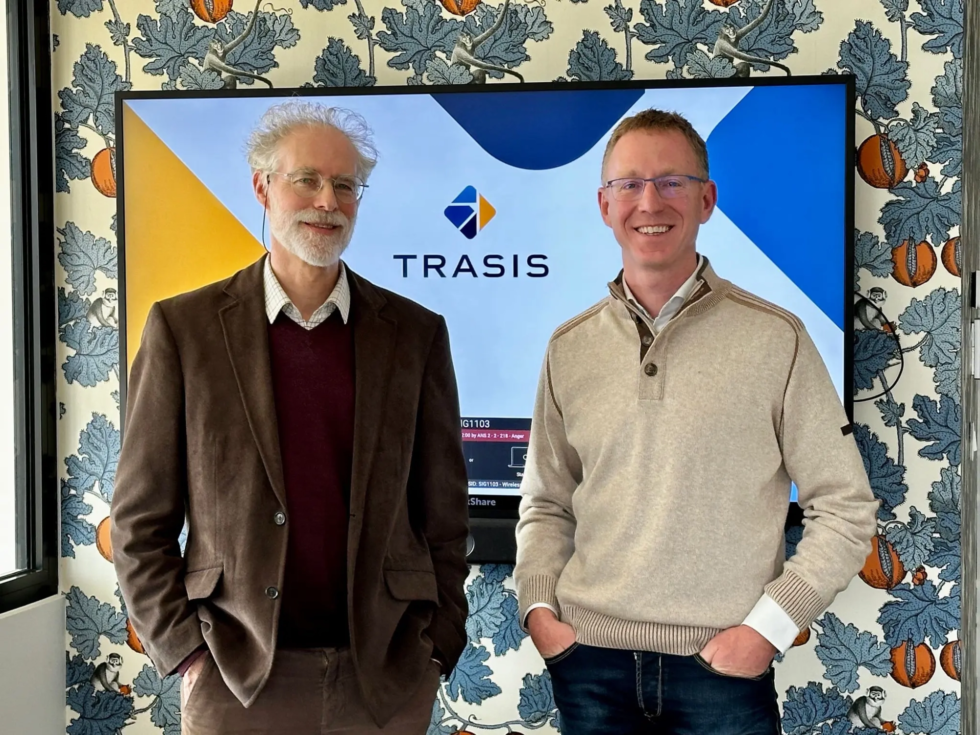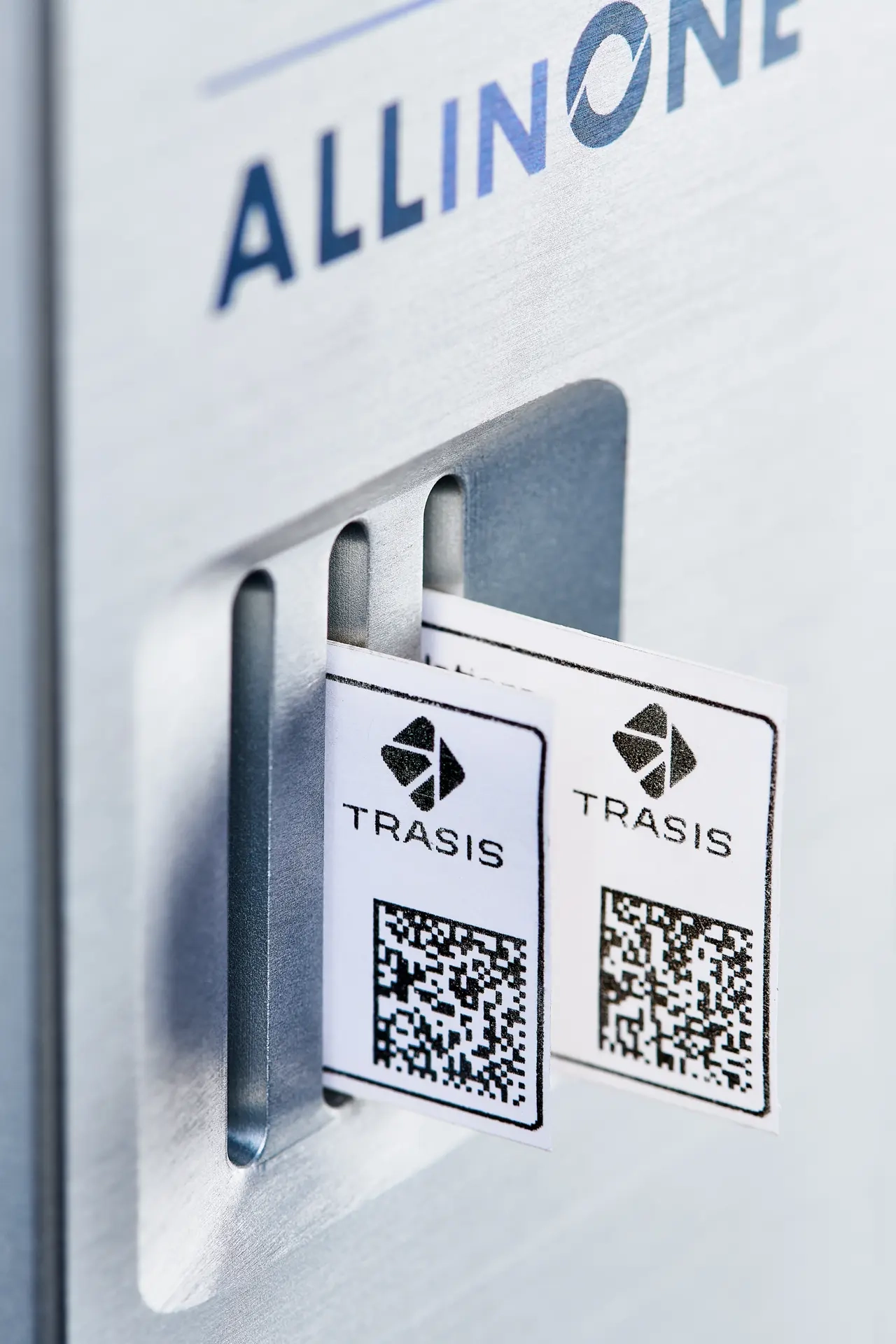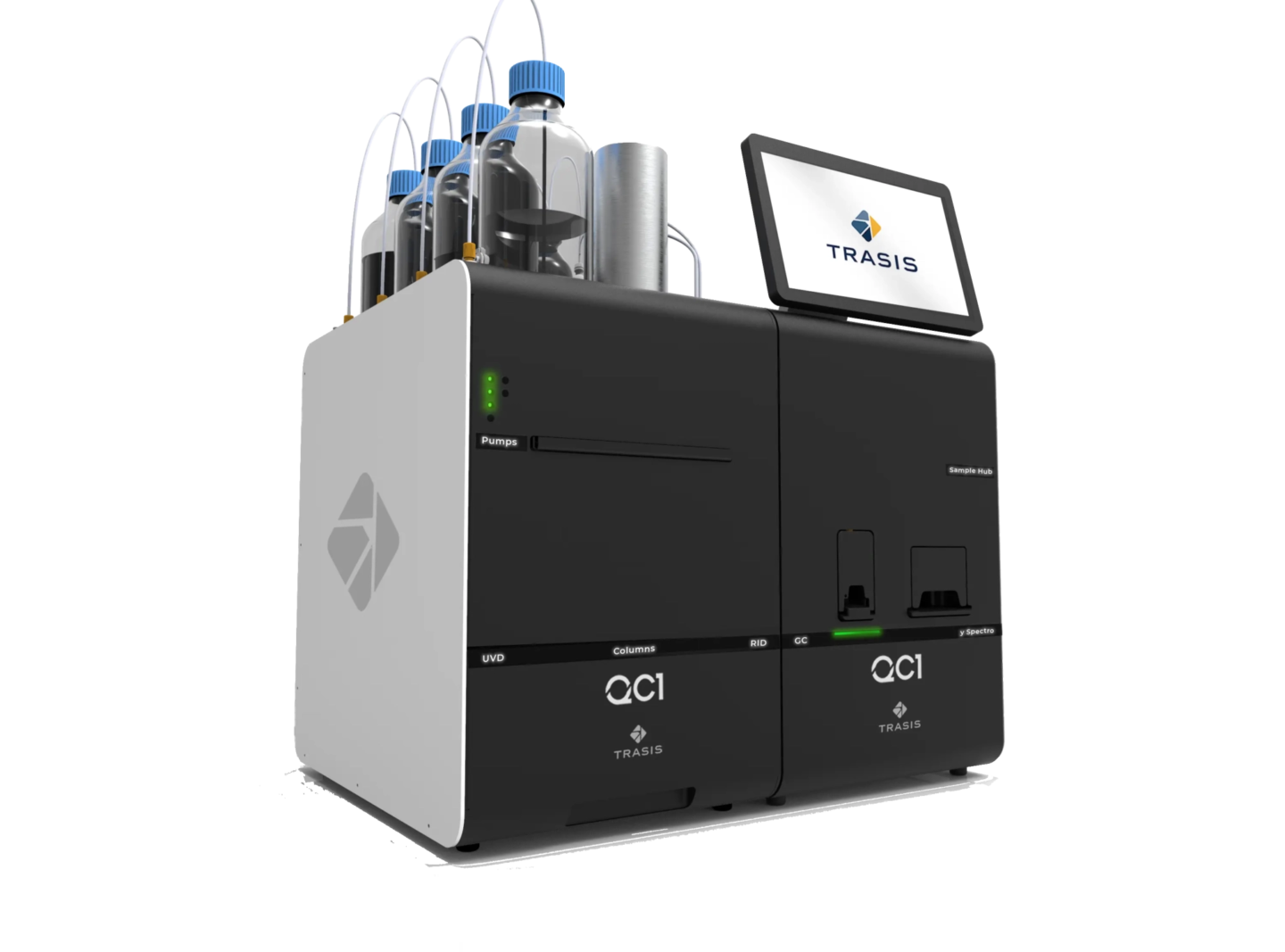How Trasis turned teamwork into nuclear medicine innovation

Trasis develops and supplies integrated solutions for radiopharmaceutical production, enabling research, industry, and hospitals to advance nuclear medicine globally.
Founding year: 2004
FTEs (2024): +380
FTE projection (2030): +350
Sales (2024): €72 million
Exported products: 98%
A fusion of nuclear engineering expertise that sparked innovation
In 1996, science and innovation were taking some big leaps forward: the first USBs were created, cloning technology made Dolly the sheep, and – in Belgium – a new type of radiochemistry synthesiser was built by Jean-Luc Morelle.
This kickstarted further innovations in nuclear medicine, Jean-Luc Morelle was joined by Gauthier Philippart and the two pioneers, both with an extensive background in engineering decided to create their own company to pursue ‘limitless progress’. It has now been over 20 years since Morelle and Philippart founded Trasis, a company that manufactures, installs, and then maintains radiochemistry synthesiser. These devices are automated equipment that perform radio-synthesis in a pharmaceutical environment. This means that Trasis supports organisations that are developing or producing new radiopharmaceuticals, or healthcare environments that are directly treating patients.
Having two co-founders allowed Philippart and Morelle to build ideas through multiple points of view. It also helped to keep the other in check.
Starting as a duo from the beginning allowed us to be focused to what matters the most, which is not ourselves but the company. It also helps as when you are a sole founder you can feel isolated since you don’t have anyone to discuss your problems with,” says Philippart.
Currently Philippart holds the position of CEO and Morelle as CTO, but the combination of these two talents fused the spirit of collaboration into Trasis’ DNA.
Over 20 years, Trasis continues to break growth records
Trasis began in the early 2000’s, was self-sufficient in 2011, and continues to enjoy even more success and growth at the time of writing, celebrating a record-breaking year in 2024. While the journey was spearheaded by Morelle and Philippart, with a lot of personal investment, they couldn’t do it alone. The dynamic duo were also supported by loans, subsidies, European and regional funding, and close relationships with support organisations such as clusters and accelerators.
BioWin and Trasis have a long half-life
The story of BioWin and Trasis’ partnership is a long and fruitful one. BioWin’s first call for projects was answered by Trasis back in 2006 and since then the two organisations have made perfect partners to support each other.
By guiding organisations to apply for financing and project calls, BioWin gives innovative Walloon companies a boost on their path to success. This relationship is mutually beneficial as companies such as Trasis contribute their expertise and creations to enrich the region of Wallonia, and Belgium as a whole.
Trasis is enthusiastically involved in multiple national and international research projects with the support of BioWin. Philippart sees these as great opportunities to focus some of their efforts on research and development (R&D). The projects also merge the diverse Walloon nuclear medicine talents all along the value chain, facilitating fascinating results.Initiatives such as Keymarker (and its successor Keymarker 2), GaGe, ProsPECT, CQIntégré, and FAR where Trasis is either a partner or leader, created ready-to-use and user-friendly radiochemical solutions. Concretely, this means that these collaborations help healthcare professionals more easily use nuclear medicine to diagnose or treat patients. Trasis is a real success story, managing to commercialise and consolidate these project results into concrete solutions such as their best-selling AllinOne radiochemistry synthesiser.

Why have clients when you can have partners?
Radioisotopes possess distinct characteristics that make them adapted for different applications of nuclear medicine. Trasis boasts diverse types of expertise in-house: electromechanical and software engineers, regulatory experts, doctors of chemistry and more. This atomic team is hosted in one site, acting like a reactor where their ideas can spark off each other.
This spirit of cooperation influences how Trasis approaches it work and drives its projects. Trasis aims to tackle the root cause leading to their client’s headaches rather than, as Philippart explains, “adding on more layers”. Instead of looking at an issue and attaching extras to try to smooth things over, Trasis builds a close relationship with the client themselves. According to Philippart “We view them more as partners”. The problem-solvers at Trasis have a more informed understanding of the client’s situation and surrounding environment so they can provide solutions and identify opportunities.
It’s like a domino effect, we create solutions to allow our customers to innovate as well, ultimately making safer and more affordable drugs available for patients,” says Philippart.

>380 employees work together to help >4 million patients a year
Innovation never stops at Trasis – demonstrated by the launch of the QC1 which integrates the functions of seven machines into one. Even their products combine multiple parts to make a better whole.
Going forward, Philippart also hopes to have at least two – three running projects, not only to benefit from the R&D opportunity, but also to solidify their network of collaborators in Wallonia and beyond.
Click here to find out more about the company and its work, visit www.trasis.com